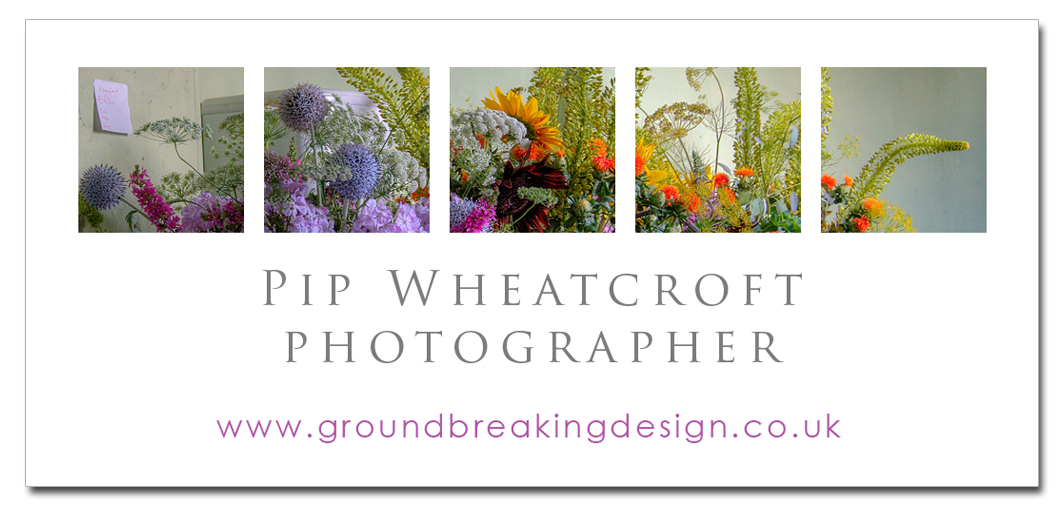Having recently spent a large chunk of my life around airports and aeroplanes, I've had time for in depth study of magazines.
My Wish List has marked changed since I've been doing the course and is not particularly related to my bank balance. Top and bottom of the list used to be a cold drink and a hot bath, but now it's a bit longer than that.
The Full Frame Round Up
Better images. Bigger price tag?
Better images. Unwieldy, slow image files?
Better images. Heavy kit?
Better images. No magnifying effect?
Better images. Require new lenses?
Please add comments. This is not the definitive article.
Digital cameras have changed in many ways since their first appearance. The first recorded attempt at building a digital camera was in 1975 by Steven Sasson, an engineer at Eastman Kodak. Perhaps the biggest improvements have been to battery power and the digital sensor. Analogue images have proved very hard to beat for resolution and many believe it still ultimately beats digital, although handling, storage and post production processing are totally different.
Previously, in radiography, I've been used to using film sizes up to 42cm x35cm (17 x14in) and capturing a full size actual image. We got terrific detail and more often than not used manual exposures. There was a huge filing room and at least 5 staff dedicated to it. The double sided coating on the film was silver based and stored in vast hoppers in the darkrooms. 'Fogging a hopper' was the ultimate sin for radiographers and dark room staff.
But back to photography. Digital sensors come in a variety of sizes, compact cameras are at around 5.3 x 4mm and are a fraction of our old 35 x24mm gauge film.
My Nikon D90 sensor is 15.8 x 23.6mm
The Nikon D700 sensor is 'full frame' at 23.9 x 36mm, effectively double the size.
At present there are eight full frame cameras to look at:
Sony Alpha A850 - £1584 24.6 mega pixels
Canon EOS 5D Mk II - £2017 21 mega pixels
Nikon D700 - £1808 12.1 mega pixels
Nikon D3s - £4179 12.1 mega pixels
Sony Alpha A900 - £2003 24.6 mega pixels
Leica M9 - £4955 18.5 mega pixels
Canon EOS 1Ds MK III - £6325 21.1 mega pixels
NikonD3x - £4798 24.5 mega pixels
Crop factors.
Crop factors refer to the magnifying effect that small sensors have on lens focal length. the crop factor for my D90 is 1.5 so a 50mm lens has an effective focal length of 75mm. This would appear to be an advantage but it is widely thought that the crop of the full frame picture would be of equivalent quality to the same size image from a regular sensor. Wide angle lenses retain their full width on a full frame, ideal for landscapes.
Whilst the Nikon D90 and the D700 both have 12 mega pixel resolution, the pixel density is much improved on the full frame D700 but is a fraction of the resolution of the EOS 5D Mk II and Alpha A850. However, the standard RAW file from a EOS 5D Mk II is 60MB. Reduced format cameras will produce better results from cheap large format lenses as the edges are where the poor quality shows and these are cropped. Full frame bodies require pro grade lens to make up for edge deficiencies and all of this makes them heavy.
So do you need one? Apparently a good mid range body, such as the D90, will do pretty much all you want unless you are publishing on the side of a building. Thoughtful lighting, composition, technique and knowledge count for more than equipment.
So do you want one? Yes, of course.


No comments:
Post a Comment